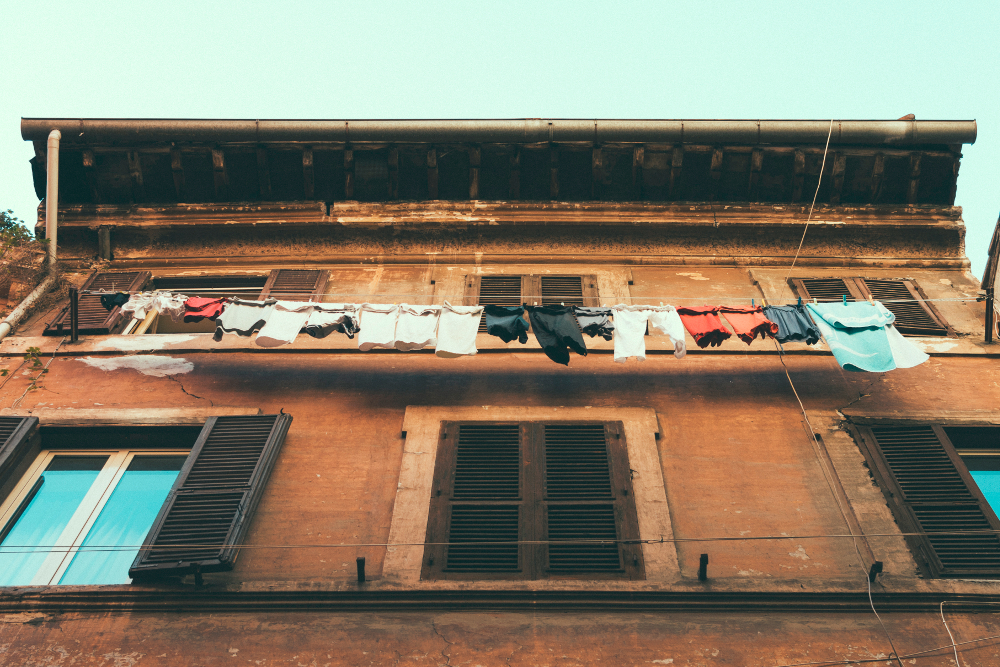
Fast Fashion Is Creating an Environmental Crisis
No one wants your cheap, old clothes—not even the neediest people on Earth.
September 9, 2016 | Source: News Week | by Jared T. Miller
Visitors who stepped into fashion retailer H&M’s showroom in New York City on April 4, 2016, were confronted by a pile of cast-off clothing reaching to the ceiling. A T.S. Eliot quote stenciled on the wall (“In my end is my beginning”) gave the showroom the air of an art gallery or museum. In the next room, reporters and fashion bloggers sipped wine while studying the half-dozen mannequins wearing bespoke creations pieced together from old jeans, patches of jackets and cut-up blouses.
This cocktail party was to celebrate the launch of H&M’s most recent Conscious Collection. The actress Olivia Wilde, spokeswoman and model for H&M’s forays into sustainable fashion, was there wearing a new dress from the line. But the fast-fashion giant, which has almost 4,000 stores worldwide and earned over $25 billion in sales in 2015, wanted participants to also take notice of its latest initiative: getting customers to recycle their clothes. Or, rather, convincing them to bring in their old clothes (from any brand) and put them in bins in H&M’s stores worldwide. “H&M will recycle them and create new textile fibre, and in return you get vouchers to use at H&M. Everybody wins!” H&M said on its blog.
It’s a nice sentiment, but it’s a gross oversimplification. Only 0.1 percent of all clothing collected by charities and take-back programs is recycled into new textile fiber, according to H&M’s development sustainability manager, Henrik Lampa, who was at the cocktail party answering questions from the press. And despite the impressive amount of marketing dollars the company pumped into World Recycle Week to promote the idea of recycling clothes—including the funding of a music video by M.I.A.—what H&M is doing is nothing special. Its salvaged clothing goes through almost the exact same process as garments donated to, say, Goodwill, or really anywhere else.
Picture yourself with a trash bag of old clothes you’ve just cleaned out of your closet. You think you could get some money out of them, so you take them to a consignment or thrift store, or sell them via one of the new online equivalents, like ThredUp. But they’ll probably reject most of your old clothes, even the ones you paid dearly for, because of small flaws or no longer being in season. With fast fashion speeding up trends and shortening seasons, your clothing is quite likely dated if it’s more than a year old. Many secondhand stores will reject items from fast-fashion chains like Forever 21, H&M, Zara and Topshop. The inexpensive clothing is poor quality, with low resale value, and there’s just too much of it.
